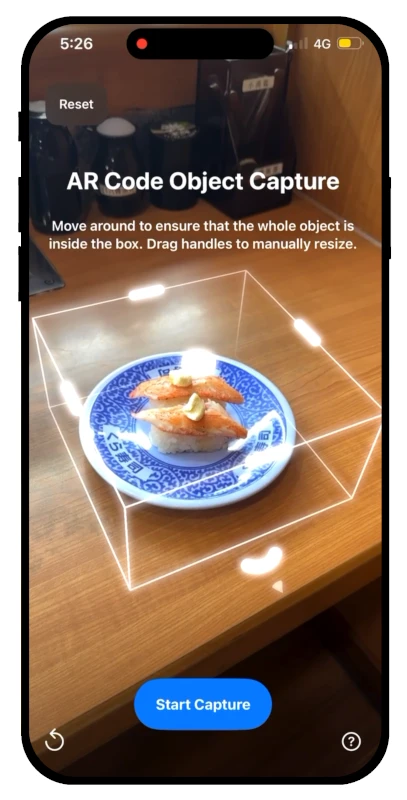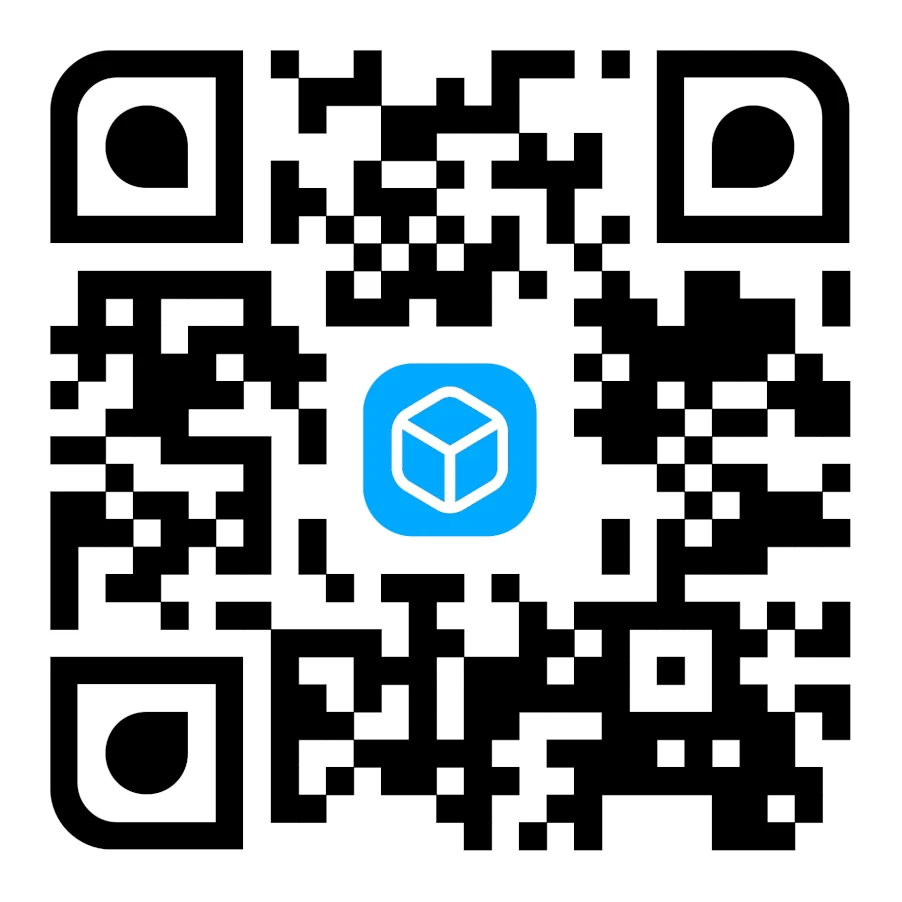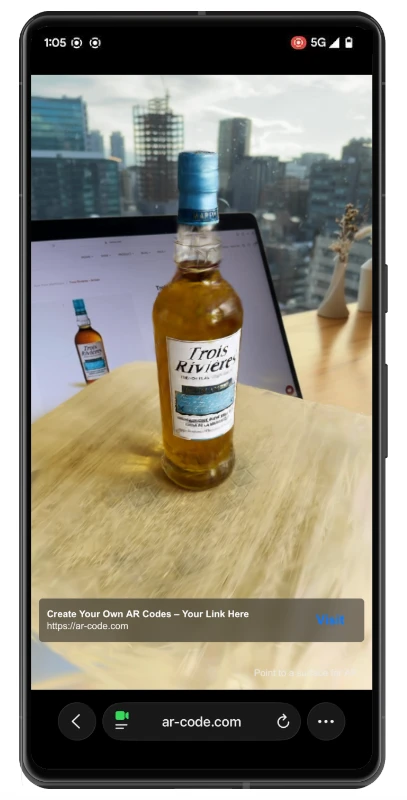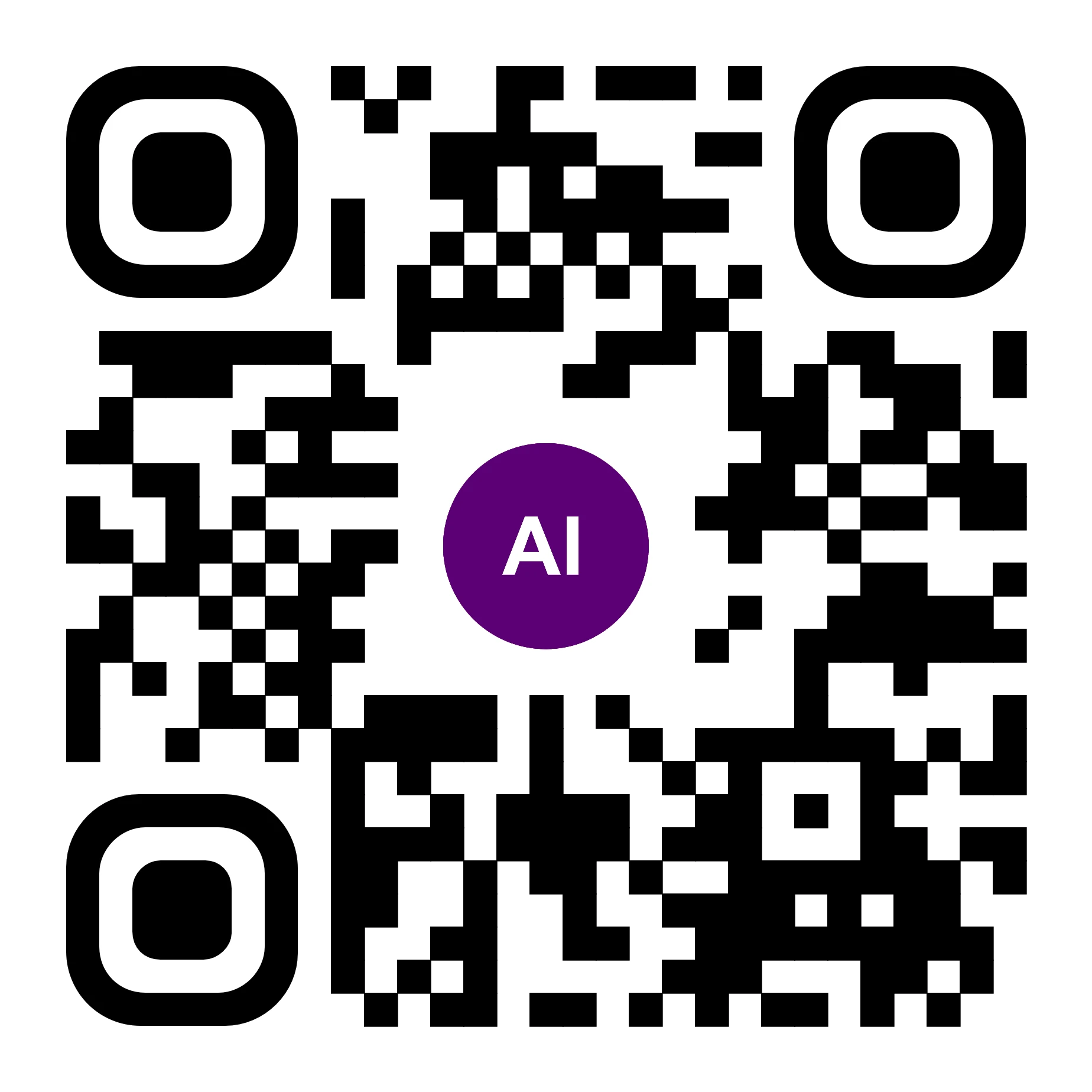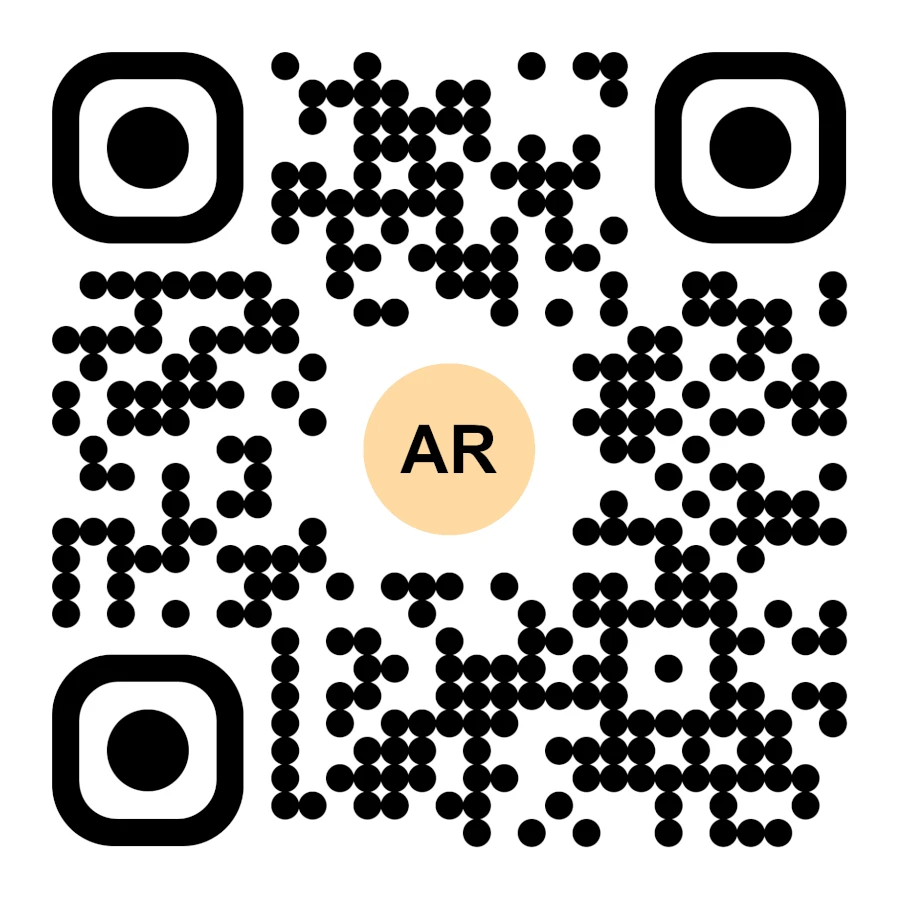
8th Wall Is Shutting Down: Timeline, Impact, and the Best 8th Wall Alternative for WebAR
WebAR | 04/12/2025
The WebAR landscape is undergoing a major shift with the announcement that 8th Wall, a leader in browser-based augmented reality, will be phased out after more than seven years. This development creates urgent questions for developers, agencies, and brands: What will happen to active AR projects? How long will hosting remain available? Which 8th Wall alternative best supports ongoing and future WebAR strategies?

3DQR vs AR Code: A Comparative Study of QR Code-Based Augmented Reality Solutions
WebAR | 03/12/2025
Augmented Reality is transforming business engagement and operational efficiency across industries. AR Code and 3DQR are leading AR SaaS platforms that empower organizations to deliver immersive digital experiences, drive customer engagement, and increase ROI. This side-by-side comparison explores their features, business use cases, and technical compatibility—helping you choose the optimal AR solution to power your company’s digital strategy.

Blippar VS AR Code: WebAR SaaS Platforms Compared
WebAR | 03/01/2026
WebAR solutions like AR Code and Blippar are revolutionizing business engagement by delivering interactive augmented reality without the need for app downloads. This efficiency empowers brands to enhance marketing, packaging, retail, and event experiences. Embedding AR content at customer touchpoints not only captivates audiences but also drives digital engagement and conversions.
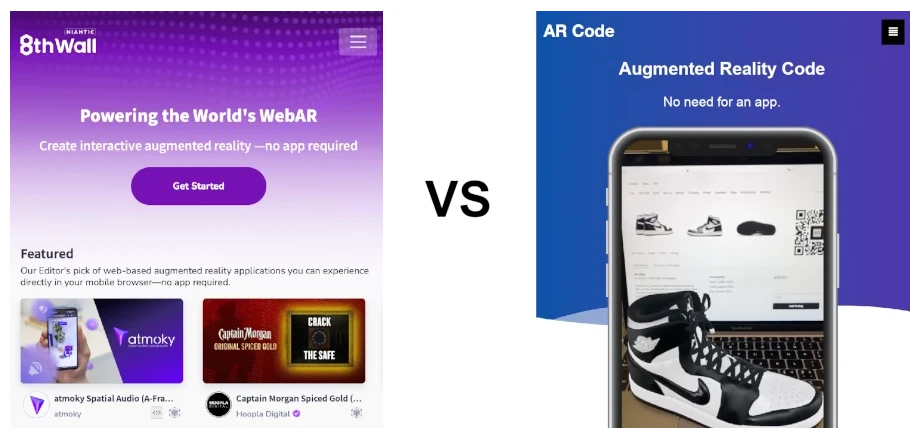
8thWall VS AR Code: Comparing WebAR SaaS for Your Business
WebAR | 02/01/2026
Web-based augmented reality (AR) is transforming how businesses engage customers and present products. Leading WebAR platforms such as AR Code and 8thWall enable companies to deploy interactive AR experiences directly in browsers, without apps. This accessibility elevates AR marketing and customer interaction across all industries.
Web-based Augmented Reality (WebAR) is revolutionizing digital engagement for innovative businesses. Without separate app downloads, users access immersive AR experiences instantly via a smartphone camera and a web browser. WebAR platforms empower brands to enhance customer experiences, deliver interactive training, boost product visualization, drive impactful marketing campaigns, and improve education—all with a single URL or an AR QR Code.
Technologies Powering Advanced WebAR Experiences
WebAR leverages leading web technologies like AR.js, Three.js, WebGL, Google ARCore, and Apple ARKit. This robust technology stack delivers seamless real-time tracking, superior 3D rendering, and strong spatial awareness directly in browsers. No app development or time-consuming onboarding is required, providing users immediate and convenient AR access.
How to Instantly Launch WebAR with AR QR Codes
To access immersive WebAR content with AR Codes:
- Open your smartphone camera and scan the AR QR Code.
- Tap the notification or browser prompt to launch your AR experience.
- Connect instantly to AR Code Cloud, streaming your secure 3D AR content in real time.
- Allow camera access to enable Apple ARKit or Google ARCore. Compatible devices show an immersive launch option in Chrome.
Why WebAR Accelerates Business Innovation
WebAR adoption is growing across retail, education, marketing, manufacturing, and healthcare. Companies use WebAR for interactive product showcases, virtual brand experiences, engaging AR marketing, and smart packaging. As seen in AR in education and AR for smart cities, WebAR offers scalable engagement without downloads, increasing adoption and conversion rates on both mobile and desktop.
Industry Applications: AR QR Codes Deliver Proven Results
AR Codes make interactive 3D and AR experiences accessible on print, packaging, and digital media. Instantly scalable, AR QR Codes empower marketing, education, customer engagement, and product visualization across smartphones, tablets, and AR headsets.
- Retail & Packaging: Add AR demos, guides, or videos to boxes, cans, labels, and bottles. Learn how AR Codes transform packaging.
- Events & Exhibits: Upgrade event signs and trade show booths with AR portals, branded 3D models, or gamified experiences. See AR QR Codes for events and promotional materials.
- Sales & Networking: Make business cards and brochures into digital experiences with interactive 3D content and direct calls-to-action. Add AR to business cards.
- Education & Training: Showcase 3D equipment, manuals, or onboarding resources for immersive learning. See AR in education and training.
- Publishing & Media: Animate magazines, books, and newspapers with AR overlays. Discover AR Codes in publishing.
- Web & E-Commerce: Let customers visualize products in 3D from online stores or ads. Explore AR for e-commerce.
Building custom AR Code experiences is simple. Upload your 3D assets using 3D File Upload, or digitize physical objects with Object Capture. Drive personalized AR marketing with these features:
- AR Logos and AR Photos optimize brand presentation (AR photo tutorial)
- AR Text delivers dynamic messages for marketing or education (generate 3D text)
- AR Portals immerse users in branded environments (step-by-step AR portal guide)
- AR Video and Face Filters enhance interactive and viral marketing (AR video experiences)
- AI Code and AR Data API enable personalized augmented reality and real-time data integration
WebAR for Older and Legacy Devices
WebAR from AR Code works on most smartphones, including older models, with updated Chrome or Firefox browsers. Organizations reach broader audiences thanks to WebAR’s compatibility with both new and legacy devices. For step-by-step AR Code scanning, see our detailed guide.
Core Technologies Behind WebAR and AR QR Solutions
WebAR services utilize a modern technology stack that integrates computer vision, 3D rendering, and full browser compatibility. These components power secure, interactive, and visually rich augmented reality:
- ARCore and ARKit: Google and Apple AR SDKs provide robust tracking, object recognition, and real-world mapping for mobile AR.
- WebGL: Delivers high-performance 3D graphics within web browsers, creating cross-platform AR experiences.
- HTML5 & JavaScript: Build responsive, compatible WebAR content without plug-ins for maximum reach.
Frequently Asked Questions
What is WebAR and how does it work?
WebAR is augmented reality accessed directly through mobile browsers, using AR.js, ARKit, ARCore, WebGL, and JavaScript for interactive 3D AR content—no app downloads needed. Learn more in our AR Code scanning tutorial.
Is WebAR compatible with older smartphones?
Yes. As long as your device supports up-to-date Chrome or Firefox browsers, you can use WebAR. Performance depends on hardware and OS, but WebAR broadly supports both new and older smartphones.
What technologies power WebAR?
WebAR is powered by ARCore, ARKit, WebGL, HTML5, JavaScript, and AR.js. Together, these technologies deliver instant camera access, real-time 3D content, and precise spatial mapping in popular browsers.
What is an AR marker?
An AR marker is a scannable code such as an AR QR code that launches augmented reality when scanned. Technologies like AR.js detect markers to anchor 3D content in the real world. See the difference between QR Codes and AR Codes for more details.
147,822 AR experiences
550,003 Scans per day
128,569 Creators
